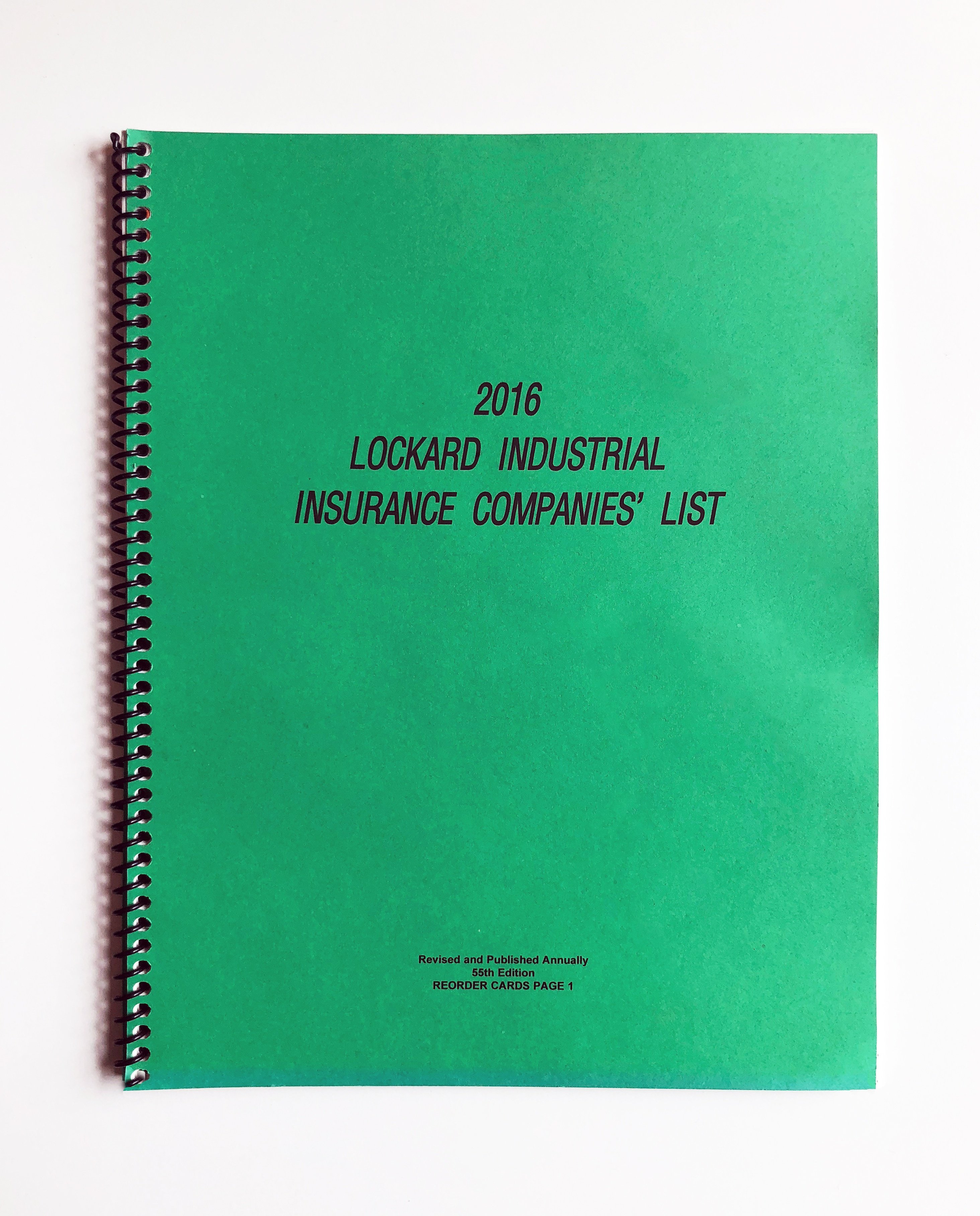Bill Review: What It Is, and Why It’s Hurting Workers’ Compensation

Bill review is very profitable. Sadly, that profit comes at the expense of other stakeholders in workers’ comp.
Bill review is a huge part of the workers’ comp billing and payment system, and a large source of revenue for third party administrators (TPAs). Everyone in work comp should understand that bill review companies and TPAs can unnecessarily drive up the cost of workers’ comp to serve their own bottom lines.
Here’s how.
How Bill Review Drives Up Costs
Bill review profits by correcting reimbursements when doctors charge incorrect amounts. TPAs profit by factoring in the cost of bill review when charging insurers and employers. Technology can significantly reduce the huge reliance on bill review. However, there are no monetary incentives for TPAs to adopt this technology.
Here’s how it works for most bill review companies, greatly simplified:
- Workers’ comp reimbursements are extremely complex. With ever-changing and unpublished state fee schedules, various formulas and fee-affecting rules, and numerous other wrinkles, calculating reimbursement is no simple task.
- Due to this complexity, most providers do not know the actual reimbursement amounts allowed by workers’ comp. Therefore, providers frequently charge ‘usual and customary’ amounts, which are often higher than the state fee schedule.
-
Some providers also enter into an indirect network contract with an agreed reimbursement amount. These network contracts often instruct the provider to submit their bills at the ‘usual and customary’ amounts rather than the known contracted amount.
- To make sure reimbursements equal the fee schedule or the contracted amount, insurers and TPAs hire bill review companies to analyze providers’ bills.
- Bill review examines provider bills and disallows or reduces charges in excess of either the state fee schedule reimbursement amounts or the network contracted arrangements.
- Often, bill review charges the insurer or TPA a percentage of the difference between the amount billed by the provider and the ultimate payment amount recommended by the bill review company.
- Insurers and TPAs then shift the cost of bill review to their clients, the employers. The cost of bill review is not readily apparent in the insurer or TPA’s fee, which is usually the only number to which employers pay attention. Rather, the cost is buried in the expenses for the claim, which are separate from the TPA’s fees.
If providers could easily calculate reimbursements and submit accurate bills, the role — and the expense — of bill review would be greatly diminished.
Easily calculating correct reimbursement, of course, is exactly what DaisyBill does. But our own interest in pointing out the wastefulness of bill review doesn’t make that wastefulness any less problematic.
The Profitable Inefficiency of Bill Review
DaisyBill uses the same basic technology employed by bill review, with one key difference: our software “shows our work,” breaking down exactly how we reach a given reimbursement. This allows providers transparency and complete understanding of how much each service should be billed at and paid according to the state fee schedules (or separate network contract rates, where applicable).
Unlike bill review, our tools aim to demystify workers’ comp billing, not further obscure it. Providers can submit bills with full confidence in their accuracy, and in their own ability to understand and substantiate the charges. We thought this was a good thing.
Not everyone agreed.
When DaisyBill started out, a naive young company full of idealism, we thought that if providers submitted bills at the fee schedule amount, this would help reduce the cost to employers for workers’ comp bills by reducing the cost of unnecessary bill review. Easy work comp billing was a win-win, we thought, for the employers and the TPAs.
But when DaisyBill approached TPAs with the offer to have providers submit bills to them at fee schedule, we were repeatedly met with rejection. To our shock, TPAs greeted our correct bill charges with indifference, at best, and active hostility, for the most part.
Why?
We were told that if bills were submitted with the correct charges instead of ‘usual and customary’ charges, this would greatly reduce the need for bill review. If there’s less need for bill review, then TPAs can’t charge employers for bill review services, and TPA revenue is reduced.
That’s right: TPA’s would rather charge employers for an unnecessary service than cut friction out of the process.
Instead, TPAs prefer providers to bill at incorrect rates. These companies welcome this billing confusion and complexity, because the opacity of the reimbursement process allows them to hide this profitable inefficiency. To paraphrase Wall Street, friction is good — if you’re the one making money from it.
This past year, DaisyBill providers submitted over one million bills. To review those bills for accuracy is understandable policy from the payor’s perspective. That being acknowledged, a simple application of software could have ensured that accuracy quickly and easily. That would have meant one million bills where the employer did not have to pay for bill review.
Moving Beyond Bill Review
Bill review and TPAs aren’t the only ones responsible for this long-standing and expensive arrangement. Why don’t employers, who pay for bill review companies and TPAs, demand a more clear, less compromised, system for reviewing bills? I highly recommend Joe Paduda’s recent post, which sheds light on the complicated fee arrangements between bill review, TPAs, and employers.
Two requests to close out this post:
- Providers, we urge you to bill at the correct workers’ comp amount. This will get your bills paid more easily, while helping reduce the role of bill review and the plague of bureaucracy that bedevils our industry.
- Employers, please examine your fee arrangements with TPAs. Look not only at direct fees paid, but also at Allocated Loss Adjustment Expenses attributable to bill review.
If we demand it together, we work comp professionals who want to see greater efficiency and reduced costs can realize change. As technology develops, we can accomplish more with less, saving time and money that’s better spent on improving outcomes than enriching middle-people.
daisyBill offers a full suite of cloud-based billing software to help providers bill accurately, and easily obtain the correct reimbursement. Schedule a free demonstration today, and see how daisyBill can improve your bottom line.
REQUEST DEMO
DaisyBill provides content as an insightful service to its readers and clients. It does not offer legal advice and cannot guarantee the accuracy or suitability of its content for a particular purpose.




